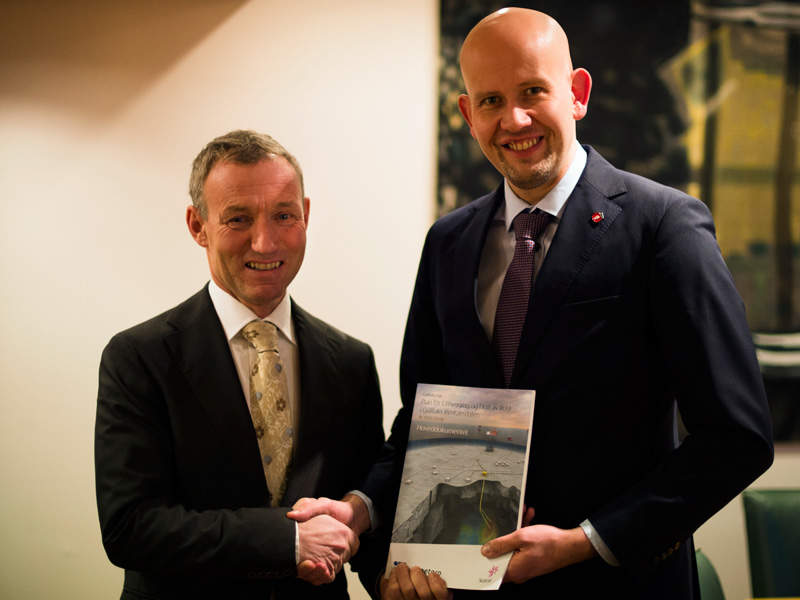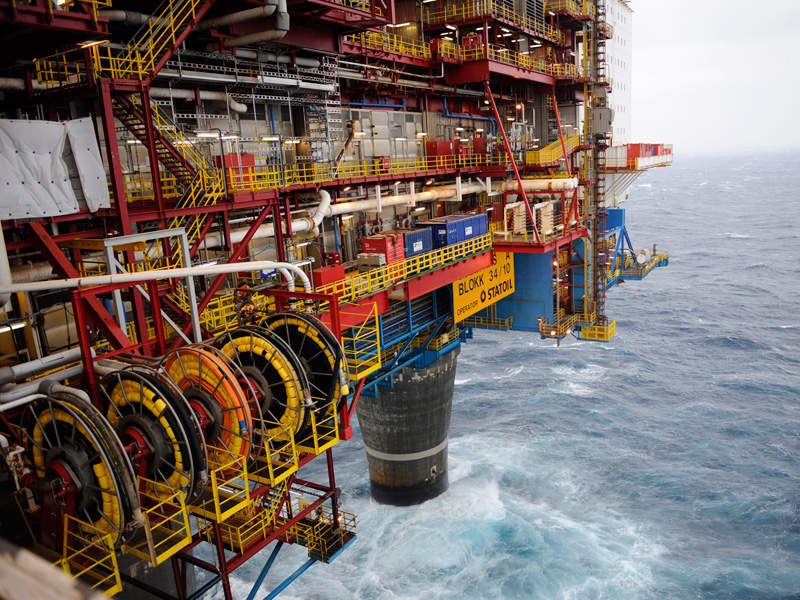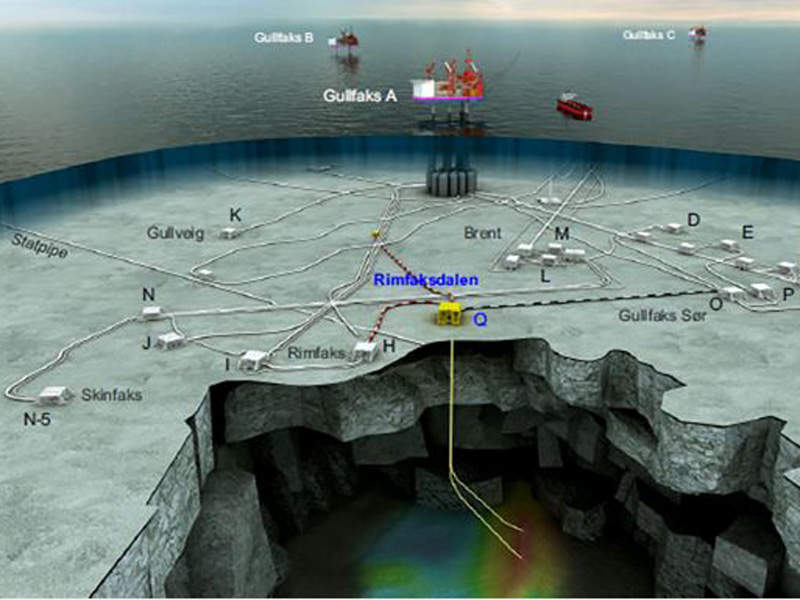Gullfaks Rimfaks Valley is a Statoil-operated asset located near Rimfaks and Gullfaks South in the Tampen area in the North Sea. The Norwegian Petroleum Directorate (NPD) recently granted permission to Statoil to develop the Rutil deposit located in the same area in Gullfaks South.
The Rutil gas deposit is located in block 34/10 in water depths of 137m, and will be developed as part of the Gullfaks Rimfaks Valley area development to enhance production from the nearby Gullfaks field. The total cost of the development has been estimated to be Nkr3.8bn ($448.9m), much lower than the earlier estimated cost of Nkr4.862bn ($574.38m).
Production is scheduled to start in September 2016. Petoro (30%) and OMV (19%) are the development partners in the project. Permission to develop the area was granted in June 2016 following the submission of the development plan in December 2014.
Discovery and reserves of Rutil
The Rutil discovery was made in the Rimfaks valley in 2011 and is located approximately 2km west of the Gullfaks South field in the middle sector of the North Sea. The operator drilled well 34/10-53 S 3,847m below sea level by using the Deepsea Atlantic drilling rig.
The drilling operation confirmed the presence of gas in the Brent group in the lower Jurassic rocks. A column of approximately 300m was confirmed with high-quality reservoir rocks, while no discovery was made in the Statfjord group.
The gas and condensate discovery is estimated to hold 17.9 billion cubic metres (bcm) of gas and two million cubic metres of condensate. The expected recoverable reserves are 11.9 million standard oil equivalents.
The asset is planned to achieve plateau production of 31,000 barrels of oil equivalent a day (boe/d) in 2019.
Gullfaks Rimfak Valley Area development details
The Gullfaks Rimfaks valley development is planned to be developed using a standard subsea template with four well slots, called subsea template Q. The initial plan includes drilling two gas production wells with an option to drill two more wells.
The project represents Statoil’s fast track projects, which focus on using existing infrastructure. The infrastructure of Gullfaks A will be used for tying the subsea template to utilise the processing and export facilities of the existing infrastructure.
The gas processing facility at Kårstø, north of Stavanger, will be used to process the produced gas and condensate that will be transferred using the existing pipeline, P53, and will be further transported for export to the European markets.
Statoil expects to extend the life of Gullfaks A platform by developing the project, which is expected to yield approximately 80mboe. The Gullfaks A platform will be upgraded to increase the gas processing capacity from 15m³/sd to 18m³/sd.
A new umbilical design developed by Statoil in collaboration with Nexans is expected to be used for integrating hydraulic, data and fibre-optic services of the project.
Details of Gullfaks offshore field
Located in the northern part of the Norwegian North Sea, Gullfaks comprises three production platforms. Production from Gullfaks A platform started in 1986 followed by Gullfaks B and Gullfaks C in 1988 and 1989, respectively.
Shuttle tankers transport produced oil from the field, while produced gas is transferred to the Kårstø gas treatment plant north of Stavanger for processing before being shipped to European markets.
Key players involved
Nexan has been selected to supply 9km of static umbilicals for the Gullfaks Rimfak Valley project in an €8m ($8.86m) contract. The umbilicals will be manufactured at its Halden facility in Norway and will be used for tying the Rutil discovery to the Gullfaks A platform.
A $110m contract has been awarded to Agility Group AS for providing topside modifications on the Gullfaks A platform. The contractual scope includes engineering, procurement, construction, installation and commissioning services. It is one of the biggest contracts secured by Agility Group and will employ approximately 250 people.
The concept and feed study for the project was performed by Wood Group Mustang under separate contracts awarded by Statoil. The scope of work included topside modifications on the Gullfaks A platform and front-end work.






